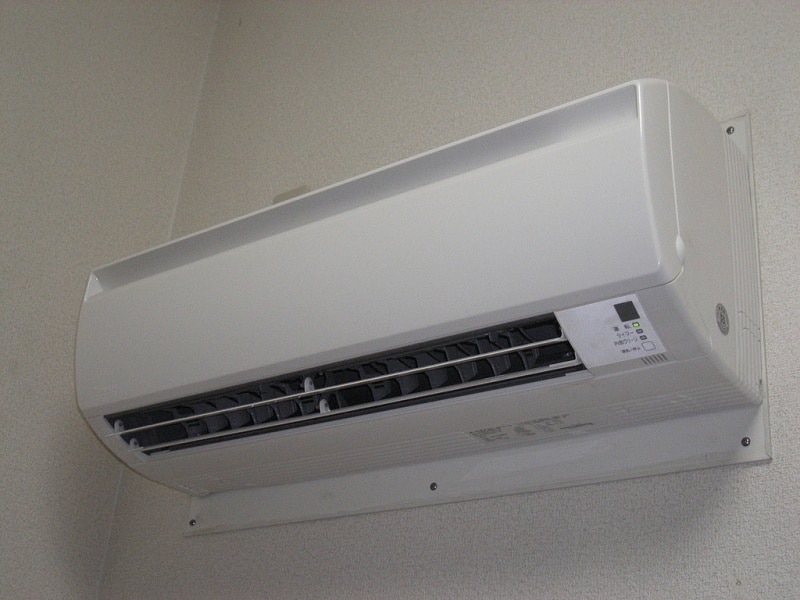There’s nothing quite like escaping to a secluded cabin in the wilderness, particularly during the chill of winter. However, maintaining a comfortable temperature in these remote locations can present unique challenges. The conventional grid-tied heating systems many of us are accustomed to are often not feasible. This article explores a variety of alternative, off-grid heating solutions.
Wood Heating Systems
When it comes to heating an off-grid cabin in a cold climate, wood heating systems often come to mind first. Wood burning stoves and heaters have been used for centuries and continue to be an effective and reliable option.
Cela peut vous intéresser : What’s the Best Way to Set Up a Home Dialysis Station with Comfort and Privacy?
Wood Stoves
Wood stoves are simple, require no electricity, and provide a direct source of heat. A well-placed wood stove can warm an entire cabin. However, the heat is not always evenly distributed. Wood is a renewable resource, especially if you have access to your own woodland. But wood stoves require constant feeding, and the wood must be dried properly to ensure efficient burning.
En parallèle : How to Design a Time-Capsule Wall with Interchangeable Memorabilia Displays?
Boilers and Radiator Systems
Boilers and radiators provide a more evenly distributed heat than a simple wood stove, using water heated by a wood fire to radiate warmth throughout the house. This option requires more infrastructure, as piping must be installed and the system must be maintained regularly.
Propane Heating Systems
Propane is another popular solution for heating off-grid cabins. A standalone propane heater can warm a room quickly and evenly, making it an ideal solution for those bitterly cold winter nights.
Propane Wall Heaters
Wall-mounted propane heaters are space-efficient and can heat a room quickly. These heaters function by emitting infrared heat, which warms the objects in the room rather than the air. However, this option requires good ventilation, as the combustion process can produce harmful gases.
Propane Furnaces
Propane furnaces offer a more comprehensive heating solution. These furnaces burn propane to produce hot air, which is then circulated throughout the house via a duct system. A propane furnace can effectively heat an entire cabin, but it does require a fair amount of infrastructure.
Solar Heating Systems
Increasingly, off-grid dwellers are turning to the power of the sun for their heating needs. Solar energy systems are clean, renewable, and becoming more and more efficient and affordable.
Solar Air Heaters
Solar air heaters use the sun’s energy to warm air before it is circulated throughout the house. These systems consist of solar panels, an air intake system, and a fan to circulate the heated air. Solar air heaters are most effective when the sun is shining, so they may not be the best primary heating source in a climate with little sunlight during the winter months.
Solar Water Heaters
Solar water heaters use the sun’s energy to warm water, which is then stored in a hot water tank. This hot water can be used for washing and can also be circulated through radiators to heat the house. Like solar air heaters, solar water heaters are most effective when the sun is shining.
Hybrid Heating Systems
For the best results, consider a hybrid heating system that combines two or more of the solutions above. A wood stove might be used as the primary heating source, with a propane heater for backup. Or, a solar water heater could be used in tandem with a propane furnace to ensure a constant supply of hot water and warm air, even when the sun isn’t shining.
Wood and Propane Hybrid Systems
A wood and propane hybrid system can provide the best of both worlds. A wood stove or boiler can provide a substantial amount of heat, while a propane heater can supplement the heating needs when the wood supply runs low or when you don’t feel like feeding the fire.
Solar and Propane Hybrid Systems
A solar and propane hybrid system can provide a reliable, efficient, and sustainable heating solution. Solar panels can provide heat during the day, while a propane heater can take over when the sun goes down or on cloudy days.
In conclusion, when choosing a heating solution for an off-grid cabin in a cold climate, consider the resources available, the climate, and your personal needs and preferences. Whether you opt for a simple wood stove, a more complex propane furnace, or an innovative solar heating system, there are plenty of options to keep you warm and cozy in your off-grid retreat.
Heat Pumps and Thermal Panels
A heat pump is another efficient and eco-friendly option for heating an off-grid cabin. It works by transferring heat from one location to another. In cold climates, a heat pump can extract heat from the outside air and transfer it inside to warm the cabin.
Air Source Heat Pumps
Air source heat pumps are among the most common types of heat pumps used in off-grid living. These systems extract heat from the outside air, even in cold temperatures. They then compress the heat to increase its temperature and distribute it throughout the cabin. Although they require electricity to operate, they can be powered by renewable sources such as solar panels.
Thermal Panels
Thermal panels, also known as solar thermal systems, are a form of solar heating that uses the sun’s energy to produce hot water. They consist of solar thermal collectors that absorb sunlight and convert it into heat. This heat is then transferred to a water tank, providing hot water for both washing and heating purposes. Thermal panels are an excellent complement to other heating systems like a wood stove or heat pump, offering a sustainable way to supplement your primary heating source.
The Best Heating Methods for Tiny Houses
As more and more people embrace off-grid living, tiny houses have become increasingly popular. These compact homes require less energy to heat, making them ideal candidates for off-grid heating systems.
Wood Burning Stoves
Among the most popular heating systems for tiny houses are wood burning stoves. These stoves not only provide a reliable source of heat but also add a cozy, rustic feel to the tiny house. They are compact, efficient and require no electricity, making them ideal for off-grid living.
Wall Heaters and Heat Pumps
Wall heaters and heat pumps offer effective heating solutions for a tiny house. Wall heaters, such as those powered by propane, are space-efficient and can quickly heat a small space. Heat pumps, on the other hand, are efficient and eco-friendly, extracting heat from the outside air to warm the inside of the tiny house.
In summary, heating an off-grid cabin in a cold climate is not only achievable but can also be efficient, sustainable, and cozy. Whether you’re using a wood stove, a heat pump, propane furnaces, or solar thermal panels, there are plenty of heating methods available to suit different needs and preferences. And with the advances in renewable energy sources such as solar panels, off-grid living is becoming more accessible and more comfortable. So whether you’re in a tiny house or a larger off-grid cabin, there’s a heating system out there for you.













